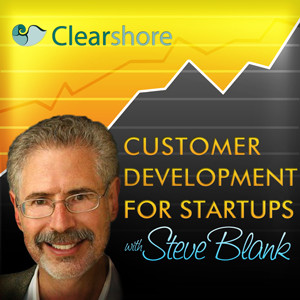Technology, Innovation, and Great Power Competition – Class 4- Semiconductors
 2021-11-15
2021-11-15
Download
Right click and do "save link as"
We just completed the fourth week of our new national security class at Stanford – Technology, Innovation and Great Power Competition. Joe Felter, Raj Shah and I designed the class to cover how technology will shape all the elements of national power (America’s influence and footprint on the world stage).
In class 1, we learned that national power is the combination of a country’s diplomacy (soft power and alliances), information/intelligence, military power, economic strength, finance, intelligence, and law enforcement. This “whole of government approach” is known by the acronym DIME-FIL. And after two decades focused on counter terrorism, the U.S. is now engaged in great power competition with both China and Russia.
In class 2 the class focused on China, the U.S.’s primary great power competitor. China is using all elements of national power: diplomacy (soft power, alliances, coercion), information/ intelligence (using its economic leverage over Hollywood, controlling the Covid narrative), its military might and economic strength (Belt and Road Initiative) as well as exploiting Western finance and technology. China’s goal is to challenge and overturn the U.S.-led liberal international order and replace it with a neo-totalitarian model.
The third class focused on Russia, which is asserting itself as a great power challenger. We learned how Russia pursues security and economic interests in parallel with its ideological aims. At times, these objectives complement each other. At other times they clash, Putin’s desire to restore Russia into a great power once again leads to a foreign policy that is opposite the interests of the Russia people. As Putin himself has said, “The collapse of the Soviet Union was a major geopolitical disaster of the century,” and that quote offers a window to his worldview as he tries to remake Russia into a great power once again.”
Having covered the elements of national power (DIME-FIL) and China and Russia, the class now shifts to the impact commercial technologies have on DIME-FIL. Today’s topic – Semiconductors.
view more
More Episodes
NYU Commencement Speech 2016
 2016-05-25
2016-05-25
 2016-05-25
2016-05-25
Hacking for Defense @ Stanford – Week 7
 2016-05-18
2016-05-18
 2016-05-18
2016-05-18
Hacking for Defense @ Stanford – Week 6
 2016-05-17
2016-05-17
 2016-05-17
2016-05-17
Hacking for Defense @ Stanford – Week 5
 2016-05-04
2016-05-04
 2016-05-04
2016-05-04
Hacking for Defense @ Stanford – Week 4
 2016-04-27
2016-04-27
 2016-04-27
2016-04-27
012345678910111213141516171819
Create your
podcast in
minutes
- Full-featured podcast site
- Unlimited storage and bandwidth
- Comprehensive podcast stats
- Distribute to Apple Podcasts, Spotify, and more
- Make money with your podcast
It is Free
- Privacy Policy
- Cookie Policy
- Terms of Use
- Consent Preferences
- Copyright © 2015-2024 Podbean.com






